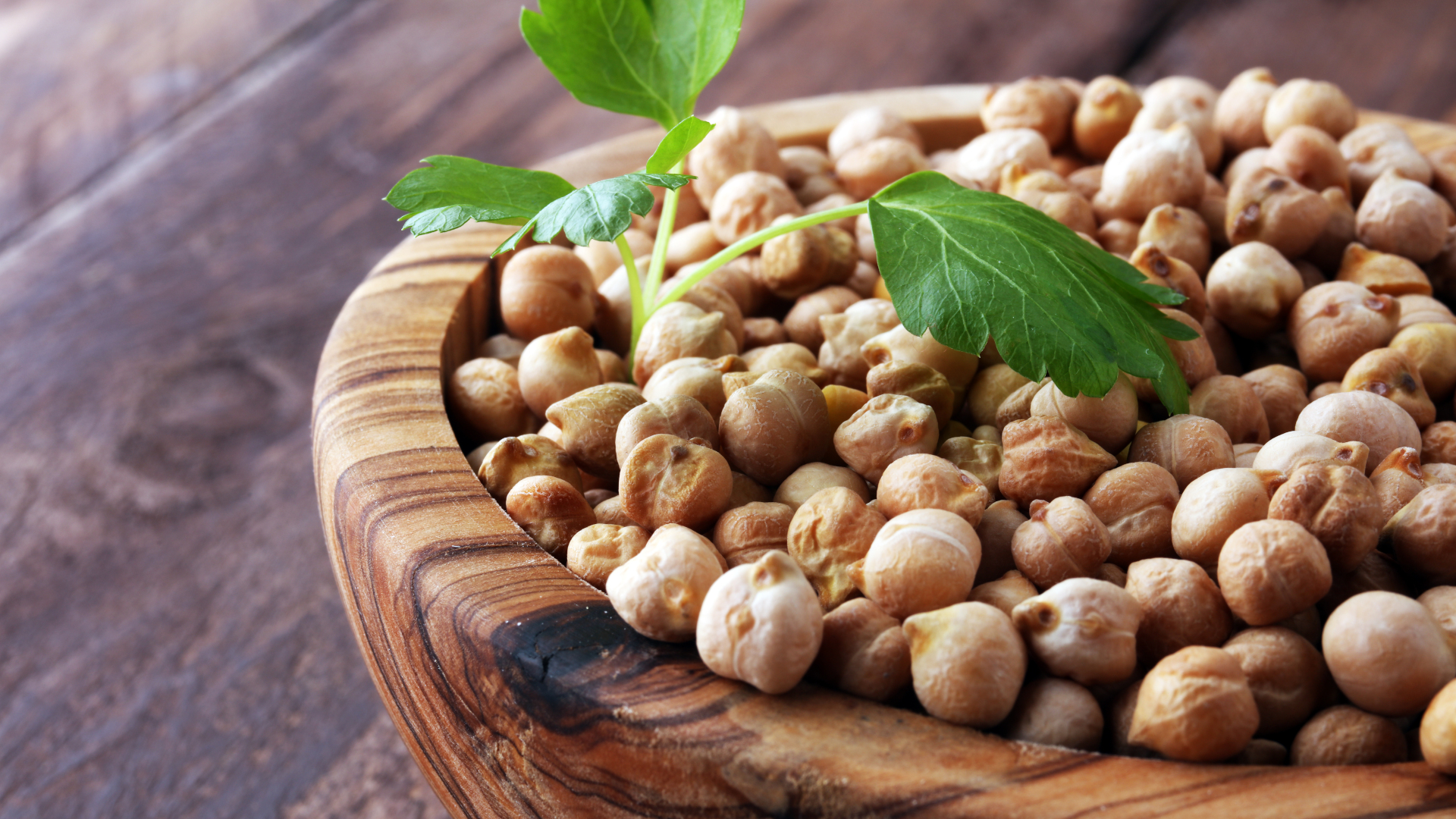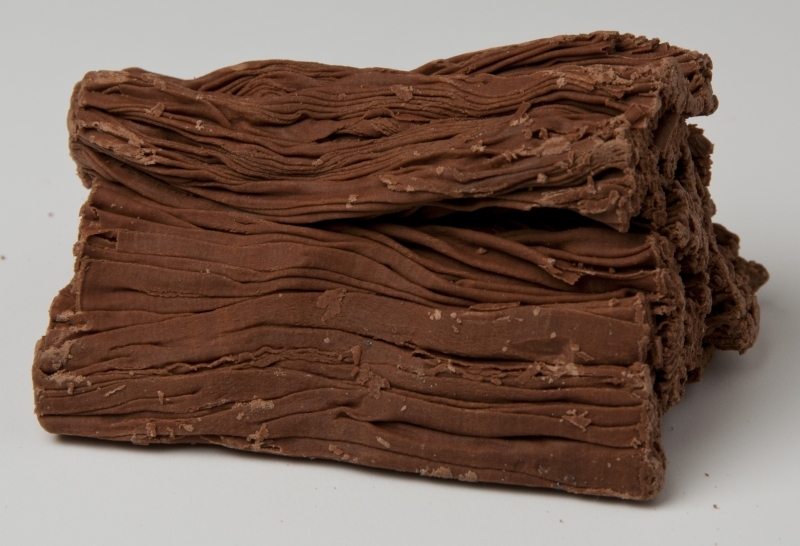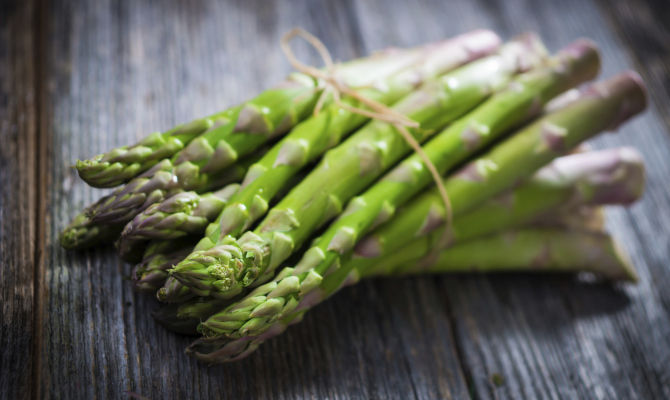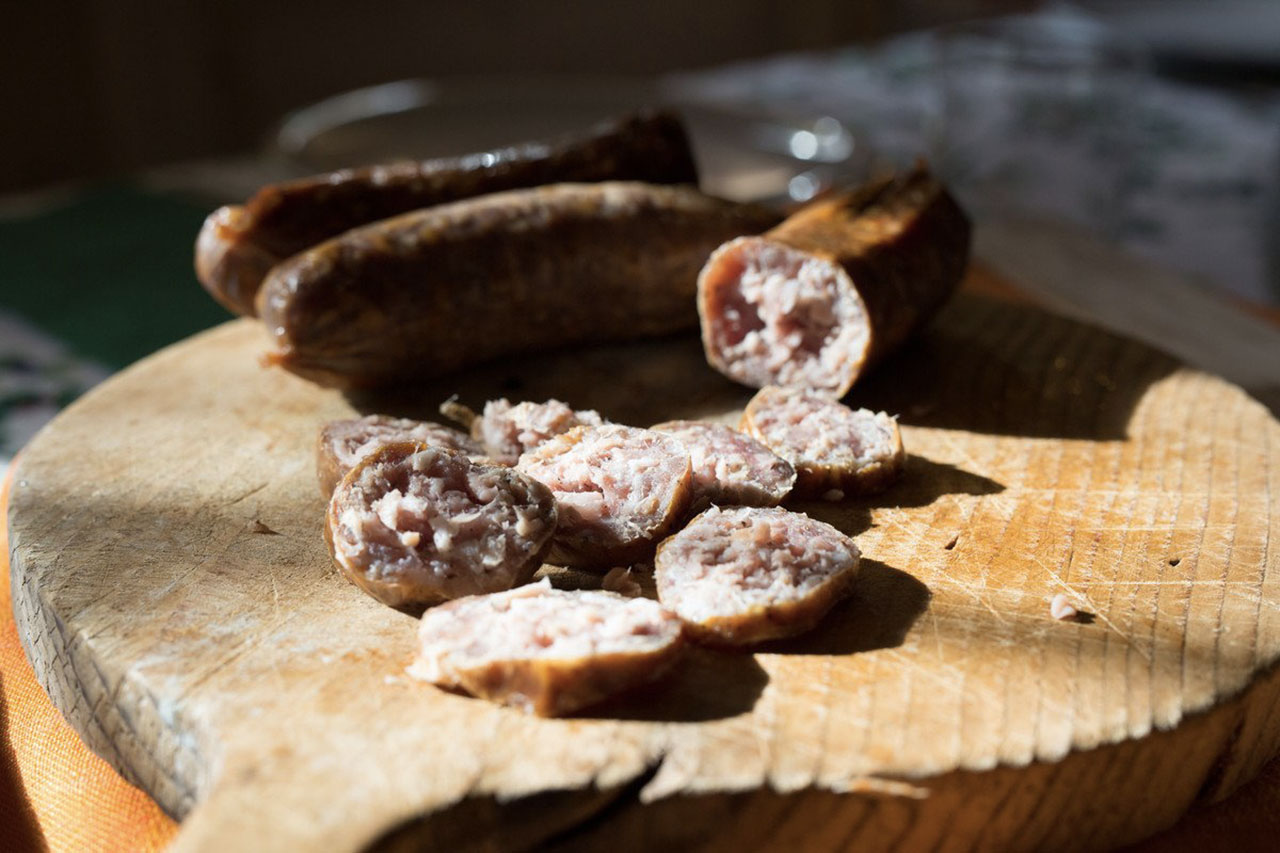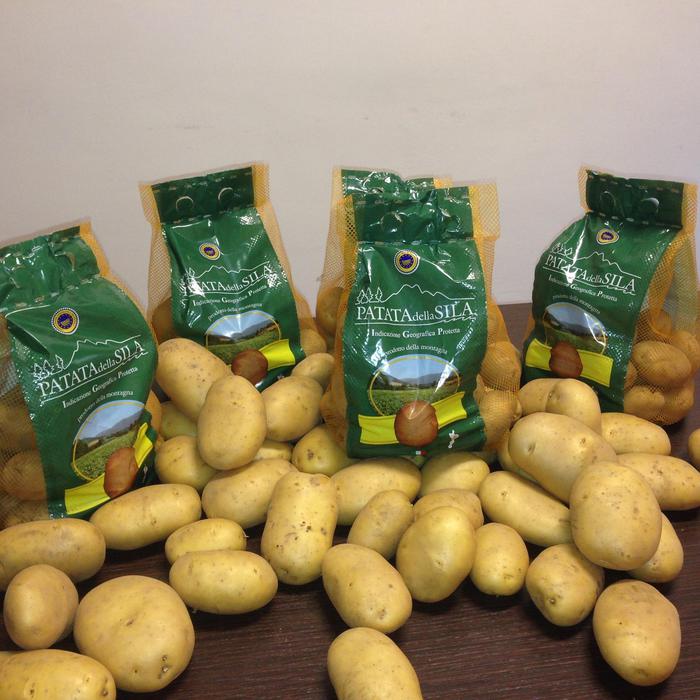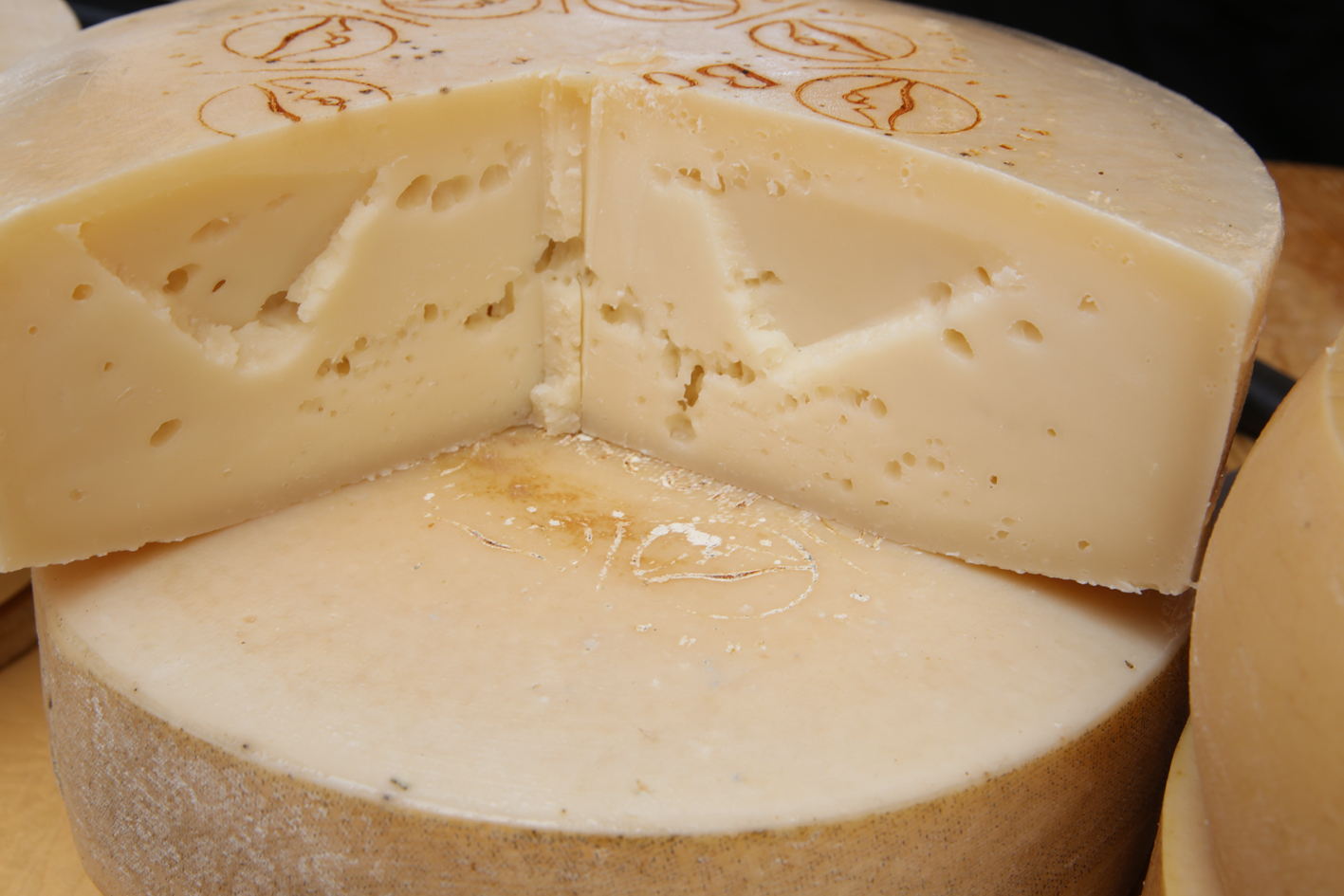Chickpea was one of the first plants to be cultivated. It adapts perfectly to poor, arid and stony lands, without water stagnation or excessive fertilization.The chickpea (Cicer arietinum) is a herbaceous plant of the Fabaceae family. The name derives from the Latin cicer and arietinum derives from the resemblance that the seeds have with the profile of the head of a ram.
Probably our chickpea, derives from the wild chickpea Cicer reticulatum. This wild species originated in Turkey around 5000 B.C., and the first archaeological evidence of its cultivation we have in Iraq, dating back to the Bronze Age.
Between 1580 and 1100 B.C., there is written evidence of the presence of chickpeas in Egypt. They were mainly used to feed slaves, because they were a source of energy and allowed them to work even in the most exhausting days.
Even the Greeks believed that chickpeas gave power, in fact the Greek name for chickpeas was kikus, which means strength.
In Imperial Rome, noble families used the names of legumes as surnames. Chickpeas were used to give Cicero his surname, because one of his ancestors had a chickpea-shaped wart on his nose.
The Grosseto chickpea has an irregular round shape, a light colour, it is hard and small. It is produced from March to August and is used in soups or as flour for baked goods.
